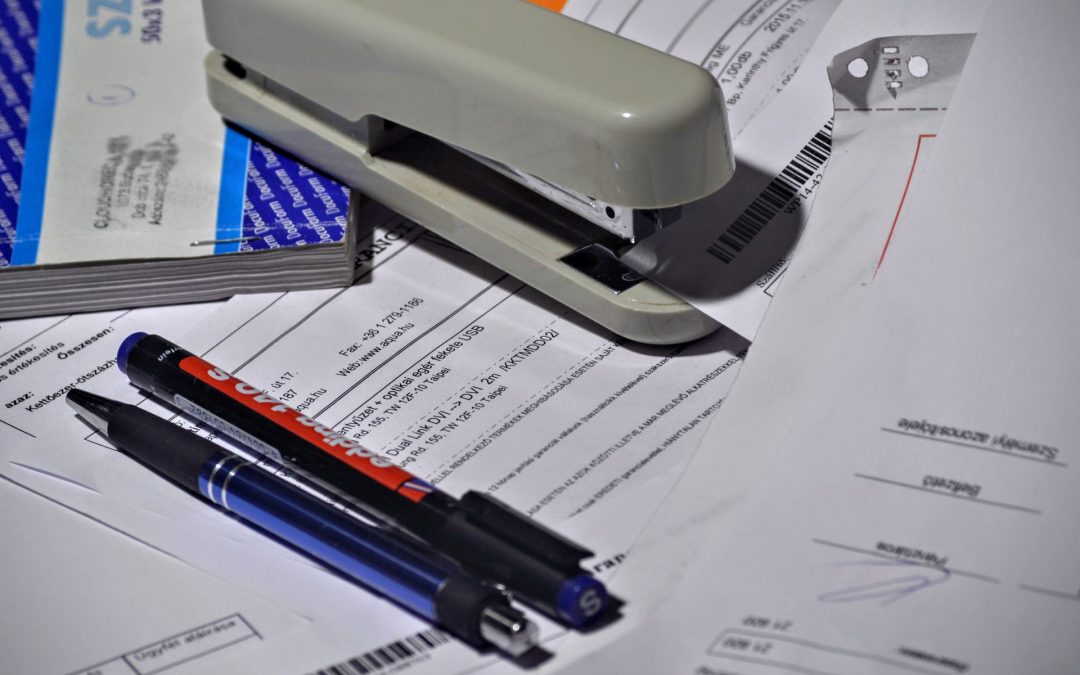A discount can speed up sales that have stalled, it can create goodwill, and it can provide an opportunity for requesting concessions.
But…. discounts need to be treated with caution.
Promising your prospect a discount any real negotiation can have three negative consequences:
• The buyer subconsciously thinks your product isn’t worth what you’ve quoted. After all, if you’re reducing the price now, does that mean you overpriced it to start with?
• The focus shifts from value to price. Instead of talking and thinking about your product’s potential impact on their business, the prospect is thinking about how much it costs.
• You lose some of your negotiating strength. Successful negotiations require give-and-take.
So if your prospect says, “it costs too much” here are a few suggestions as to how you could respond.
During an initial sales call or meeting.
1. “You’re asking the right person. But before we discuss discounts, let me make sure I fully understand figure what you need. That will allow me to give you a far more accurate price.”
If the price of your product or service largely depends on the individual prospect’s needs, goals, and situation, it’s too early to discuss discounts. Without knowing the final value of the deal, you can’t determine a price that satisfies them and keeps you in business.
Setting aside the prospect’s question will make you appear much more interested in your agenda than their own. Instead, acknowledge them and explain why it’s mutually beneficial to table this discussion until later.
2. “Good question. Do you see price being a major obstacle to this purchase?”
There are some objections that can’t be overcome. If your prospect’s request comes as soon as they’ve asked for pricing information or your prices are available online, it’s possible they don’t have the budget to purchase at full price. They’re trying to learn whether you’ll consider a discount. Say no, and they’ll likely walk away.
Alternatively, they might be capable of paying the normal rate — but interested in getting a discount if they can.
This question helps you figure out the buyer’s motivations. If they say that price won’t be an issue, use response number one. If they say it is, dig deeper into their financial situation. You might need to disqualify them if your product is too far out of his reach or (if it’s feasible) you may need to reduce the scope of what you’re offering.
During the Sales Presentation or Product Demonstration
3. “We can certainly talk about specific numbers, but first let’s make sure this product meets your needs.”
At this stage of the sales conversation, a discount request usually indicates the prospect’s desire to buy. They’ve agreed to a demo or presentation, so obviously they’re interested — now they’re thinking about the financial implications.
However, don’t give a discount yet. Immediately agreeing to a discount will make you seem anxious to close, which will go against you during the negotiation. It may also lead your prospect to wonder if they’ve misjudged your product’s value.
Use this response as a delaying tactic. You’re not saying a discount isn’t possible — but you’re reminding the prospect that it’s not relevant until you’re both sure the product meets their requirements.
Negotiation
4. “Why?”
A great response when you’re negotiating with buyers who are haggling for the sake of it. Maybe they were “just wondering” and are actually prepared to pay the full price. Notice that we’re not actually saying ‘no’ a discount, they might actually have a very good reason for asking …. the prospect might have a seasonal budget or a short-term cash deficit. Certainly consider discounting in these cases …. but make sure you ask for something in return.
5. “I can offer you a discount if we extend the contract / adjust the terms of payment / go with a different package or tier.”
Compromise is essential in successful negotiations. By getting something in return for a discount, both you and the buyer win. It’s a good idea to prepare for the discussion with several concessions you’d like to ask for to help you open up the negotiating possibilities beyond price.
6. “What would be a reasonable discount?”
This is effectively turning the question around. If your product is £5,000 and the buyer says she’d like a 10% discount, ask, “Are you saying you think £5,000 is too expensive for our service or are you saying you don’t want to spend more than £4,500?”
This will identify if they don’t accept the true value of your product or simply can’t afford it. If it’s the latter, offer them a reduced or less comprehensive option.
7. “What would need to happen to make our offering worth the price I quoted you?”
When a prospect pushes back on price, it’s possible they don’t have the budget for your product/service. It’s also possible you simply haven’t done a good enough job of selling it. By asking this question you can identify gaps in the case you’ve made along with other objections that might still exist. It allows you to add or argue value for your offering and, if you meet the needs outlined by your prospect, earn full price.
